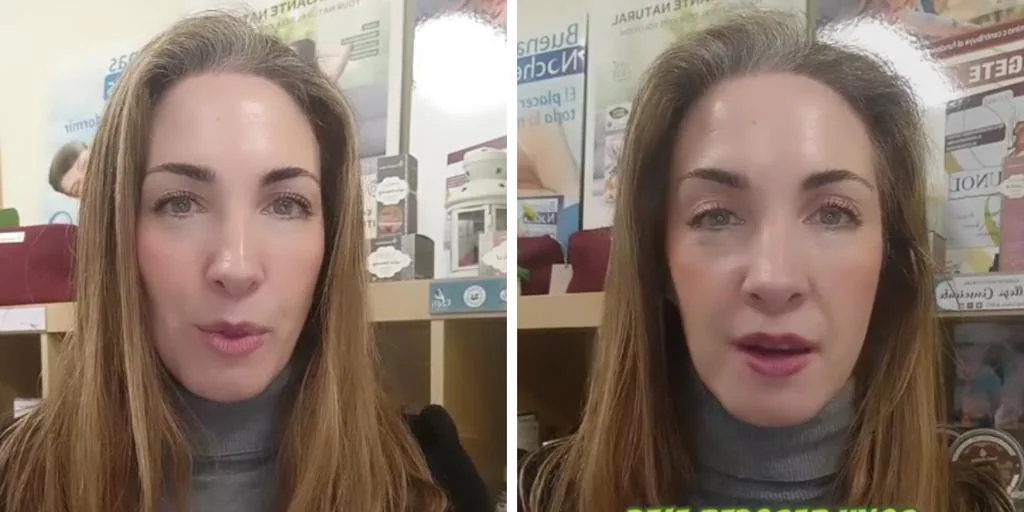the Federal Reserve She said that a series of draft laws legal tenders It will no longer be accepted at banks and ATMs. From all over the country and only some denominations will be accepted in banking institutions as part of a series of procedures to renew some coins.
Starting this September, banks and ATMs of institutions such as Bank of America, JPMorgan Chase, Wells Fargo. Citibank It will stop accepting one dollar bills, while the denominations The numbers 5, 20, 50 and 100 will still be valid.
With the exception of some one dollar bills, this denomination will no longer be accepted as new designs and models will be issued.
Read also

Goodbye dollar bills
The Federal Reserve will withdraw millions of “mutilated” banknotes from circulation, Anything that has breaks or broken ends, as well as those that are not clear.
This is an attempt to revamp the $1 bill by the Bureau of Engraving. Secret Service and Advanced Anti-Counterfeiting (ACD) Steering Committee.
The main objectives are to prevent counterfeiting and protect the security of funds. The different denominations will be gradually renewed in the coming years.
- $50 Bill: First Redesign in 2028
- The $20 Bill: Redesigning in 2030
- $5 Bill: Redesigned Between 2032 and 2035
- $100 Bill: Redesigned Between 2034 and 2038
Currently, banknotes in denominations of $1, $2, $5, $10, $20, $50 and $100 are officially in circulation. There are also other larger denominations such as 500, 1000, 5000 and 10000 which, although no longer manufactured, are still legal and used without restrictions.

Dollar bonds will be reissued.
Security elements in dollars:
- Security thread: A thread visible to light, on which the value of the bill is written.
- Watermark: An image visible when a bill is held up to the light.
- Color-changing ink: On $10 bills or larger, the number changes color depending on the angle.
- Fine print: small letters that are difficult to reproduce, and can be seen with a magnifying glass.
- Relief: Some parts of the banknote have a texture to the touch, such as the numbers.
- 3D thread (on $100 bills): Moves in different directions when the bill is tilted.





